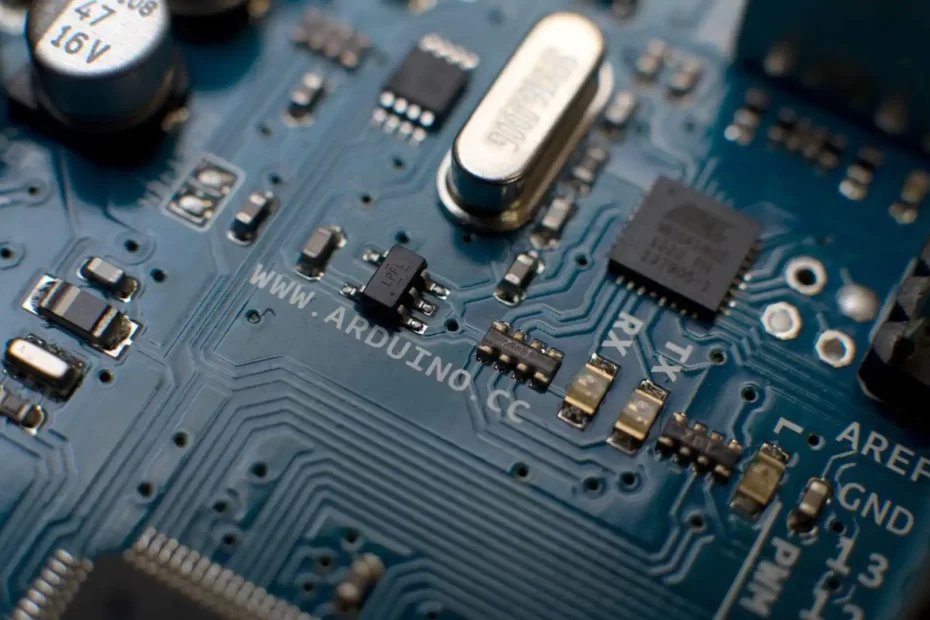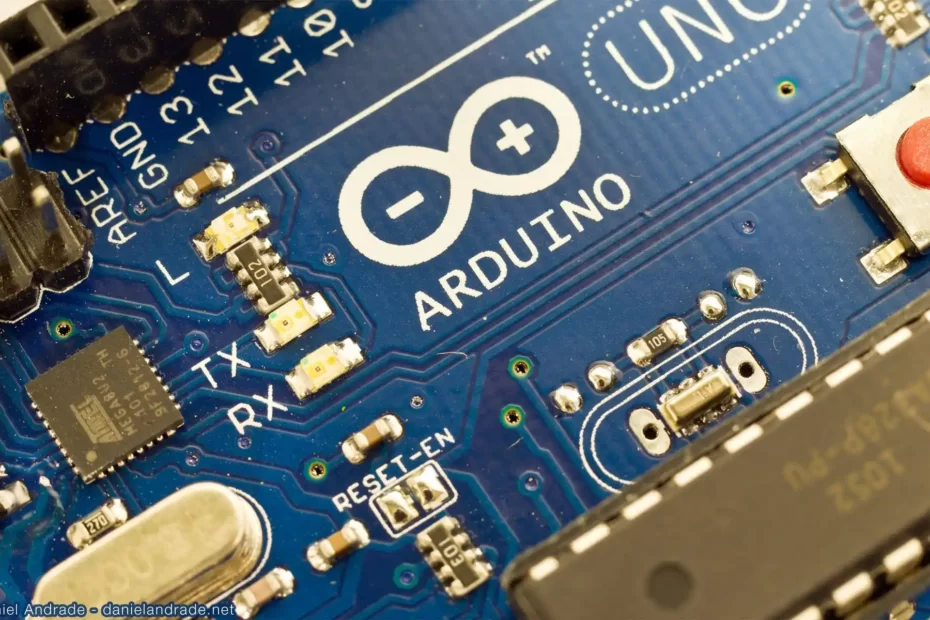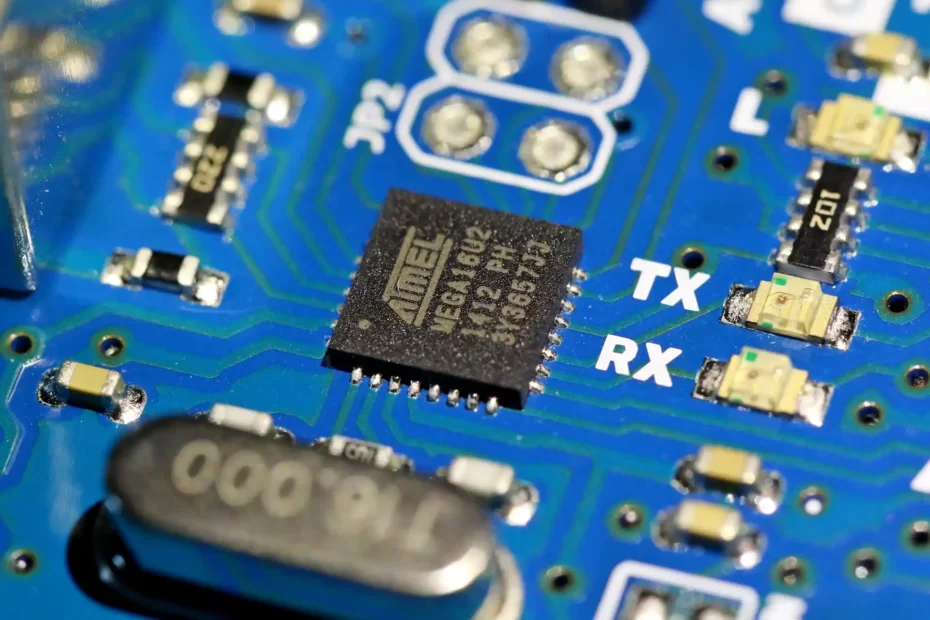Principle of operation of analog pins of Arudino Uno
The aim of this project is to get acquainted with the way of using the potentiometer, the operation of analog inputs and reading the values from the sensors (in this case the role of the sensor is played by the potentiometer). A theoretical explanation is given at the beginning of the video. In the following, we will see what it looks like when we read the voltage that we control with a potentiometer from the analog input of the Arduino, and how we use that voltage value to control the light intensity of the LED.
Read More »Principle of operation of analog pins of Arudino Uno


